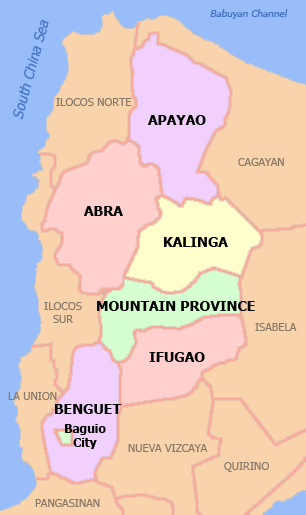Long Title:
12 Coaches of Purefoods AKA San Mig Super Coffee and their corresponding Purefoods team nameWith the recent win of San Mig last Wednesday, 9 July 2014, it is befitting to post here the 12 former coaches of the team that was previously known as Purefoods since 1988.
Tim Cone is the present coach of the team who had claimed his second
Grand Slam win since 1996 when he was a coach of the Alaska team.
12 Coaches of San Mig
- Ramon Fernandez (1988) - Purefoods Hotdogs (1988–90)
- Cris Calilan (interim, 1988) - Purefoods Hotdogs (1988–90)
- Baby Dalupan (1989–1990) - Purefoods Hotdogs (1988–90)
- Ely Capacio ✝ (1991–1992) - Purefoods Tender Juicy Hotdogs (1991–92, 1994–96, 1999–2005)
- Domingo Panganiban (1992) - Purefoods Tender Juicy Hotdogs (1991–92, 1994–96, 1999–2005)
- Chot Reyes (1993–1996) - Purefoods Tender Juicy Hotdogs (1991–92, 1994–96, 1999–2005); Coney Island Ice Cream Stars (1993, 1994); Purefoods Oodles (1993)
- Eric Altamirano (1997), (2001) - Purefoods Corned Beef Cowboys (1997); Purefoods Tender Juicy Hotdogs (1991–92, 1994–96, 1999–2005)
- Chito Narvasa (1998) - Purefoods Carne Norte Beefies (1998)
- Derrick Pumaren (1999–2000) - Purefoods Tender Juicy Hotdogs (1991–92, 1994–96, 1999–2005)
- Ryan Gregorio (interim, 2002), (2003–2010) - Purefoods Tender Juicy Hotdogs (1991–92, 1994–96, 1999–2005); Purefoods Chunkee Giants (2005–07); Purefoods Tender Juicy Giants (2007–10)
- Jorge Gallent (2010–2011) - B-Meg Derby Ace Llamados (2010–2011)
- Tim Cone (2011–Present) - B-Meg Llamados (2011–12); San Mig Coffee Mixers (2012–13); San Mig Super Coffee Mixers (2013–present)
12 historical names of San Mig:
- Purefoods Hotdogs (1988–90)
- Purefoods Tender Juicy Hotdogs (1991–92, 1994–96, 1999–2005)
- Coney Island Ice Cream Stars (1993, 1994)
- Purefoods Oodles (1993)
- Purefoods Corned Beef Cowboys (1997)
- Purefoods Carne Norte Beefies (1998)
- Purefoods Chunkee Giants (2005–07)
- Purefoods Tender Juicy Giants (2007–10)
- B-Meg Derby Ace Llamados (2010–2011)
- B-Meg Llamados (2011–12)
- San Mig Coffee Mixers (2012–13)
- San Mig Super Coffee Mixers (2013–present)
 |
| http://www.pba-online.net/team/San-Mig-Coffee/6/ |
References:


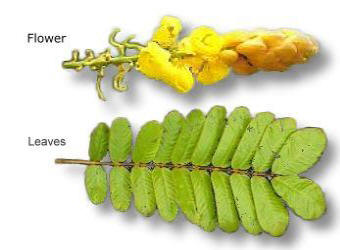
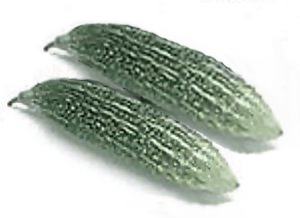

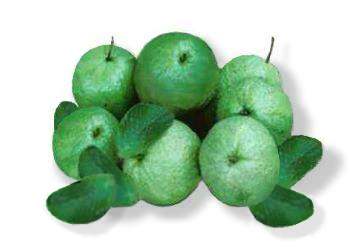
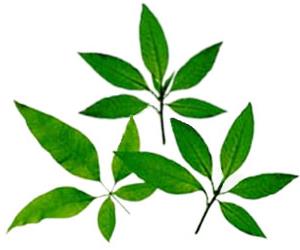
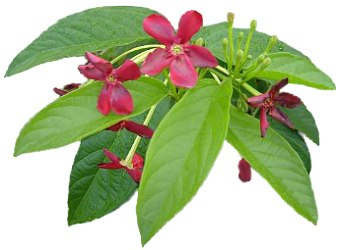
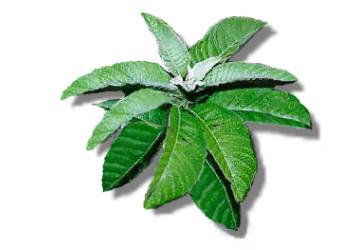

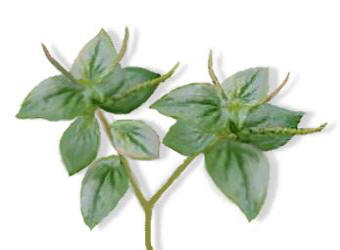
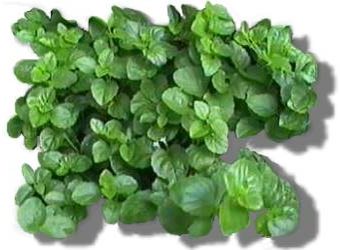
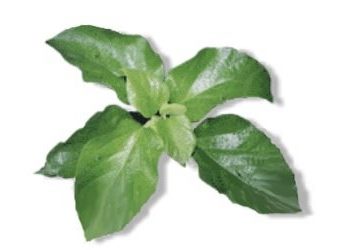
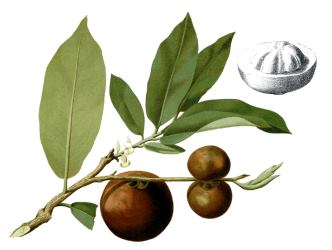



.jpg)


